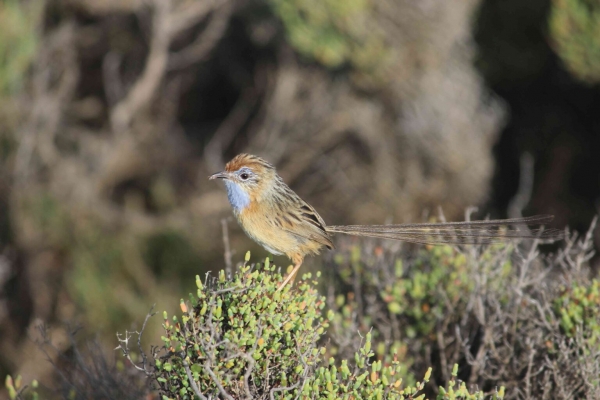From agriculture and urban land clearance to loss of habitat and feral animal predation, native wild animals and their food sources face a rising tide of threats caused by human activities.
From agriculture and urban land clearance to loss of habitat and feral animal predation, native wild animals and their food sources face a rising tide of threats caused by human activities.
A new study led by Flinders University warns traffic noise is one more pressure faced by one of southern Australia’s rare songbirds, the threatened Southern Emu-wren (Stipiturus malachurus).
“Anthropogenic (human) noise has the potential to negatively impact wildlife by disrupting communication and reducing overall fitness. This includes the effects of traffic noise and other loud noises on signalling behaviour of this rather sedentary and territorial songbird,” says Flinders BirdLab PhD candidate Julian Behrens.
As part of his research across South Australia, he tested territory defence and traffic noise responses – including varying song characteristics – in four subspecies of Southern Emu-wren from the Mount Lofty Ranges near Adelaide to the more remote Coorong, Eyre Peninsula and Kangaroo Island regions.
Read More: Flinders University
Image: The Southern Emu-wren is one of Australia's smallest birds. Photo courtesy J Behrens (Flinders University)




